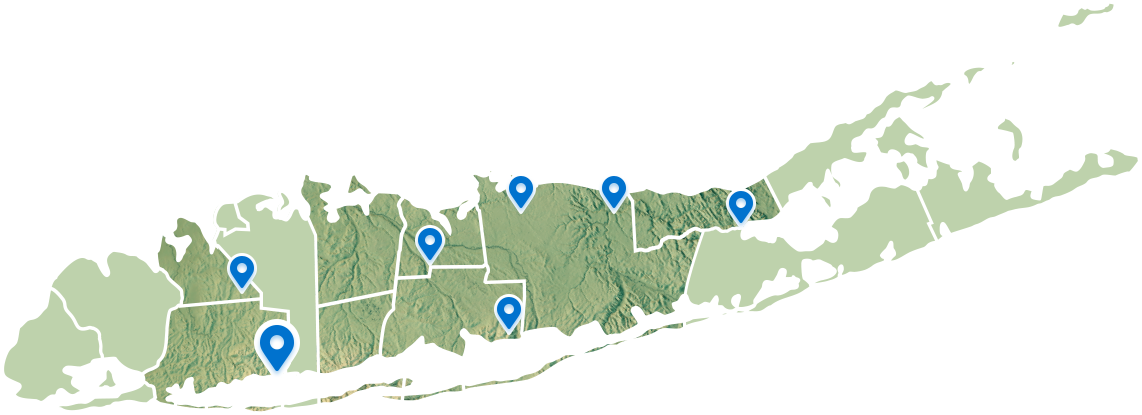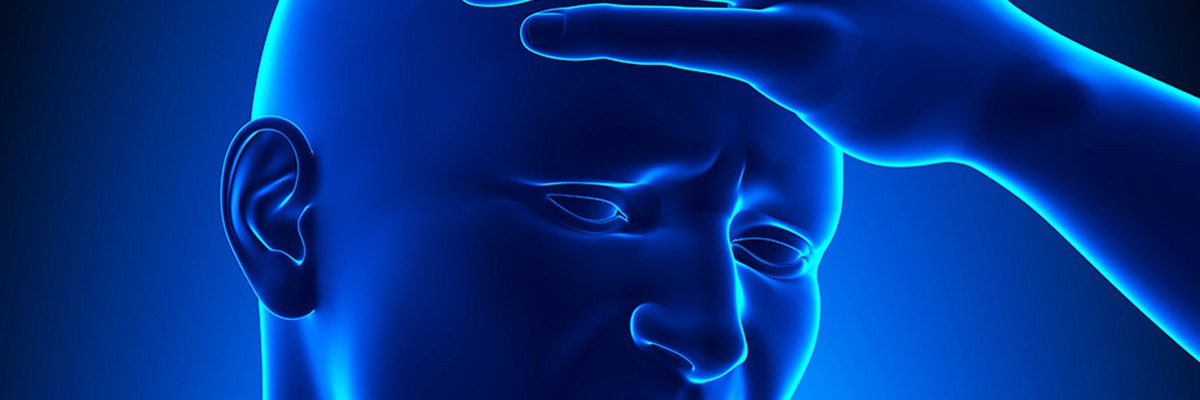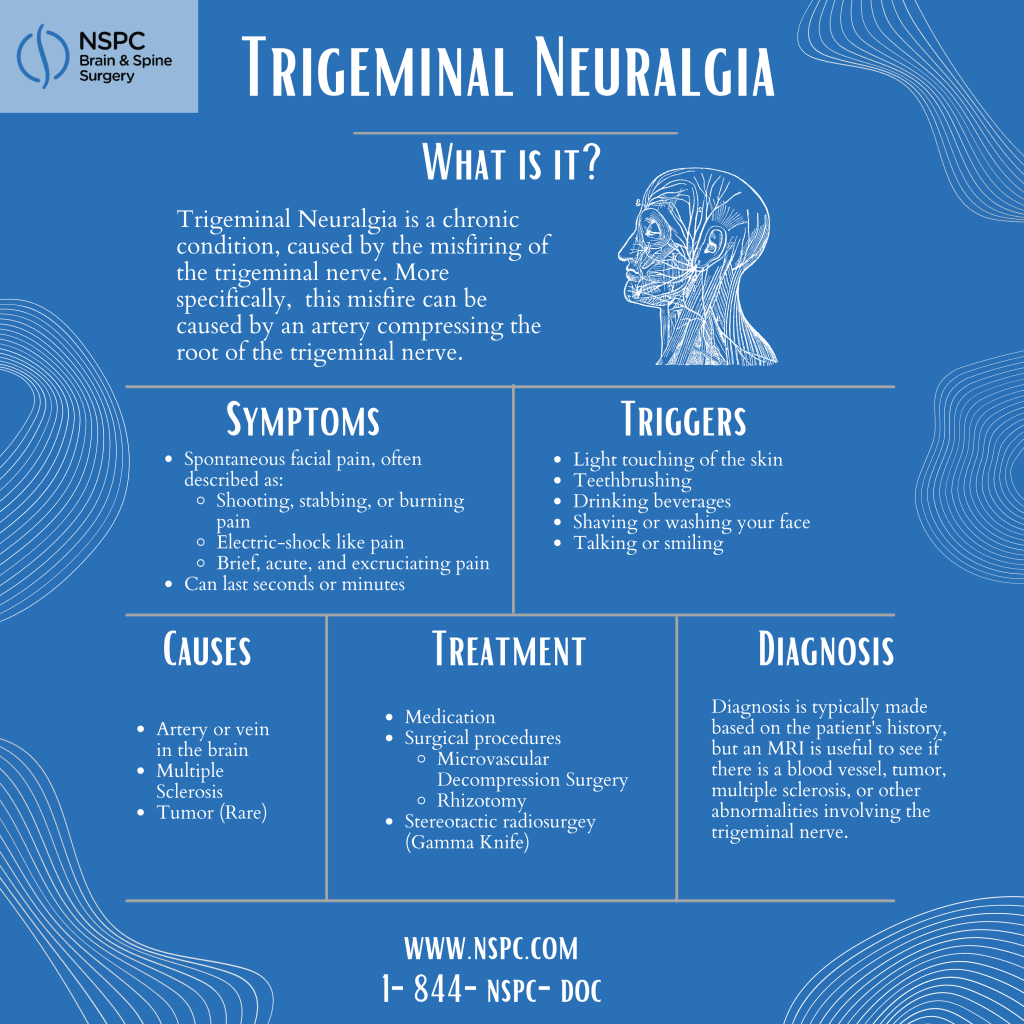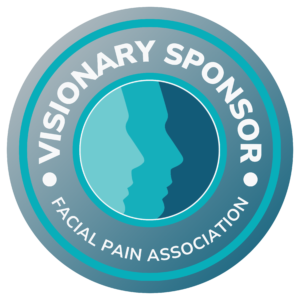- PATIENT FORMS | REQUEST A CONSULTATION | CONTACT US
- 1-844-NSPC-DOC
Trigeminal Neuralgia
What Is Trigeminal Neuralgia?
Trigeminal neuralgia is a very specific type of facial pain. Accurate diagnosis is critical because trigeminal neuralgia treatments are very different from other facial pain treatments.
Typical Trigeminal Neuralgia Features
Trigeminal neuralgia pains are sudden, sharp, severe, brief, and intermittent pains that can often be triggered by light touch. The pains are often described as radiating pains that feel like electric shocks, and the pains may go away for weeks, months, or even years. Patients usually experience these pains in the cheek or jaw, and usually only on one side of the face. The vast majority of trigeminal neuralgia patients can experience pain relief when taking Tegretol, an anti-seizure medication.
Atypical Trigeminal Neuralgia Features
In addition to the brief, sudden, severe facial pains, some trigeminal neuralgia sufferers may also experience other aches and pains in the face, and the pain may spread to the other side of the face, as well as the forehead. The pains may be very persistent and, rarely, they do not respond to Tegretol.
People with multiple sclerosis are more likely to get trigeminal neuralgia. For patients without MS, trigeminal neuralgia is usually caused by a blood vessel pressing on the trigeminal nerve in the brain, or, rarely, a tumor.
Trigeminal Neuralgia Symptoms
Trigeminal neuralgia (TN) affects either the left or the right side of the face (ipsilateral), but not usually both sides. Nor does TN cause neck pain. This severe face pain can be spontaneous and often is described as:
- shooting, stabbing or burning pain
- electric-shock like pain
- brief, acute and excruciating pain
These episodes can last seconds or minutes. The pain occurs at irregular intervals, although routine activities can trigger an episode:
- light touching of the skin such as being kissed or
- applying make-up
- teethbrushing
- drinking beverages
- shaving or washing your face
- talking or smiling
These painful trigeminal neuralgia symptoms can be very debilitating and can develop into facial tics, hence the condition is sometimes called tic douloureux.

Trigeminal Neuralgia Causes
Trigeminal Neuralgia is most often caused by pressure on the trigeminal nerve sending pain signals to the brain. The pressure on the nerve can be caused by:
- an artery or vein in the brain,
- aneurysm (the weakened wall of a blood vessel that becomes engorged),
- chronic inflammation of the meninges (membranes covering the brain and spinal cord),
- and rarely, a tumor.
Damage to the myelin sheath (the insulating covering of nerve fibers) from conditions such as multiple sclerosis (MS) can also contribute to TN.
Atypical trigeminal neuralgia is different from TN, in that in addition to TN, the pain can become more constant and widespread, without the periods of remission or relief. It can also travel to the other side of the face. The nature of the pain may be similar to a migraine.
How Is Trigeminal Neuralgia Diagnosed?
An accurate diagnosis of your facial pain is the key to the best treatment plan for you. Many disorders and diseases can cause pain in the forehead, around the eye, or in the jaw or neck. Diagnostic neuroimaging such as an MRI (magnetic resonance imaging) or CT (computerized tomography) scan can help our neurologists determine if your TN is caused by damaged myelin from MS or a tumor compressing the nerve.
Having specialists in facial pain such as trigeminal neuralgia, glossopharyngeal neuralgia or vagoglossopharyngeal neuralgia, and postherpetic neuralgia diagnose your facial pain means you are more likely to have successful treatment results. At NSPC in Long Island, you can find internationally recognized experts in trigeminal neuralgia treatment and all the necessary facilities.
What Are the Treatments for Trigeminal Neuralgia?
Sometimes Trigeminal Neuralgia can go into spontaneous remission, often helped by anti-seizure medications.
At NSPC Brain & Spine Surgery (NSPC) (NSPC) in New York, we have expert doctors who specialize in treating trigeminal neuralgia, with the most advanced techniques available.
NSPC offers premier trigeminal neuralgia surgical treatments along with other facial pain treatment plans in the NY area, including New York’s Queens, Nassau and Suffolk Counties.
Non-Surgical Treatments for Trigeminal Neuralgia
Anti-seizure medication that works to disrupt the abnormal electrical currents that cause epileptic seizures can also interfere with the pain signals from the trigeminal nerve to the brain and provide pain relief.
Advanced Trigeminal Neuralgia Treatments at NSPC
We provide support and information for those with trigeminal neuralgia and related facial pain, their friends and family, and caretakers. NSPC Brain & Spine Surgery (NSPC) (NSPC) regularly hosts the Trigeminal Neuralgia Support Group located here in New York.
In our New York metro region practice, NSPC has doctors who specialize in trigeminal neuralgia surgery. Our premier medical facilities and experienced neurologists and pain management specialists can treat your facial pain with a number of advanced surgical procedures.
Microvascular Decompression Surgery is a microsurgical procedure that treats TN by removing the pressure on the nerve. One of our board-certified skilled neurosurgeons creates a small hole in the skull, behind the ear. This craniotomy provides a window for the surgeon to open up the dura (cerebral membrane) and carefully retract the cerebellum. The artery or vein pushing on the nerve can then be delicately moved aside and a cushion placed between it and the nerve. With the nerve decompressed, the pain signals should no longer occur.
Other techniques seek to disrupt the pain signal by damaging the trigeminal nerve or nerve root. These are less invasive procedures than the microvascular decompression surgery, but are considered palliative (pain-relieving) rather than curative.
Rhizotomy Treatments relieve trigeminal nerve pain by destroying the root (rhizome) of the nerve. Most patients can feel the results before they leave for home.
- Glycerol Rhizotomy is a percutaneous (through the skin) technique that uses a needle in the cheek to deliver the glycerol solution to the nerve clusters. This outpatient procedure has a short recovery time and can be repeated if needed.
- Radiofrequency Rhizotomy is also an outpatient procedure. This technique employs an electrode to deliver a current to the nerve; thus injuring the nerve to prevent nerve signals from traveling to the brain.
Balloon Compression involves a catheter (tiny flexible tube) with a balloon inserted into the place where the trigeminal nerve travels through the skull. The neurosurgeon inflates the balloon to compress the nerve ganglion. The balloon is then deflated and removed along with the catheter.
Peripheral Nerve Stimulation involves implanting a small electrode near the nerve pathways. The electrical current stimulates non-pain messages to the brain, bringing pain relief.
Gamma Knife Radiosurgery is another noninvasive surgery technique that damages the trigeminal nerve. Using state-of-the-art technology, the neuroradiologist delivers gamma rays (a type of radiation) to the nerve or nerve root. The pain relief can take a bit longer, but for patients who do not want a craniotomy (cranium surgery) and prefer a less invasive technique, Gamma Knife may be your best treatment option.
Physicians
Connect With Our 7 Convenient Locations
across Long Island, NY
Our expert physicians, surgeons and doctors are ready to serve you at our 7 convenient locations across Long Island, NY. Connect today to learn how our award winning, world class experts can help.
4250 Hempstead Turnpike Suite 4,
Bethpage, NY 11714
(516) 605-2720
COMMACK
353 Veterans Memorial Hwy,
Commack, NY 11725
(631) 864-3900
One Hollow Lane, Suite 212
Lake Success, NY 11042
(516) 442-2250
MANHATTAN
215 E. 77th Street Ground Floor
New York, NY 10075
(646) 809-4719
EAST SETAUKET
226 North Belle Mead Road, Suite C
East Setauket, NY 11733
(631) 828-3001
100 Merrick Road, Suite 128W
Rockville Centre, NY 11570
(516) 255-9031
WEST ISLIP
500 Montauk Hwy
West Islip, NY 11795
(631) 983-8400
World
Class
Expertise
For over 50 years & 350,000 patients NSPC has been a trusted global medical leader.
Contact us today for an appointment or consultation.







